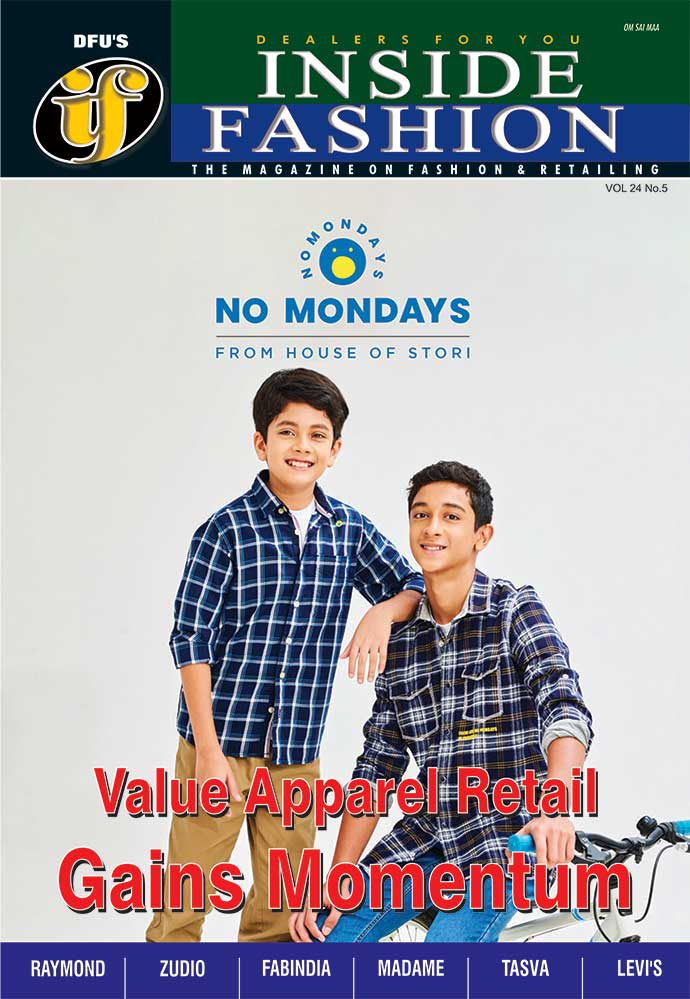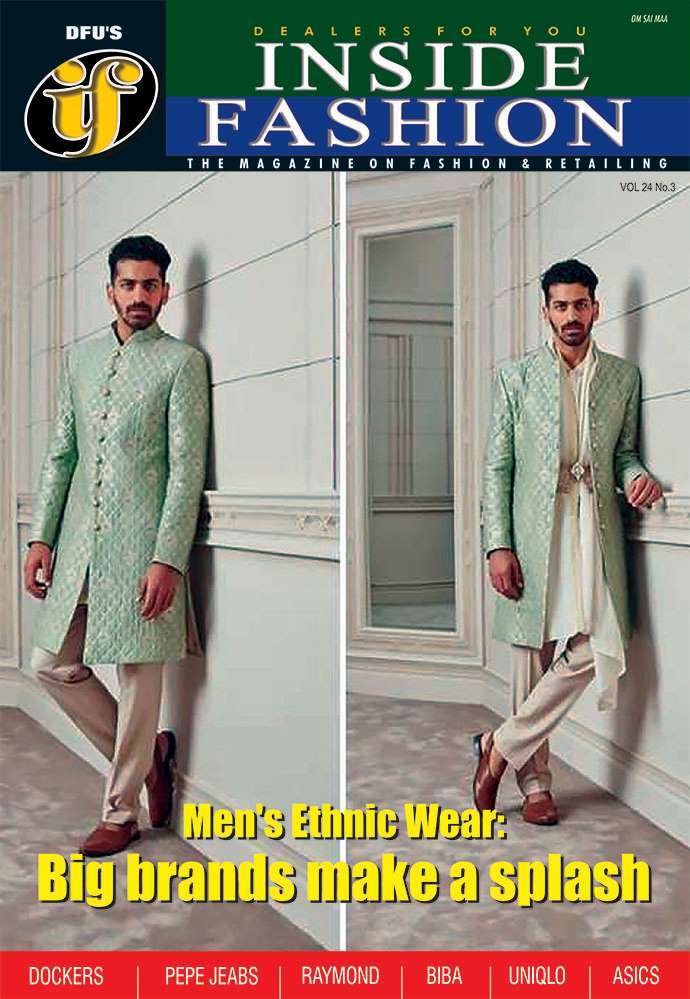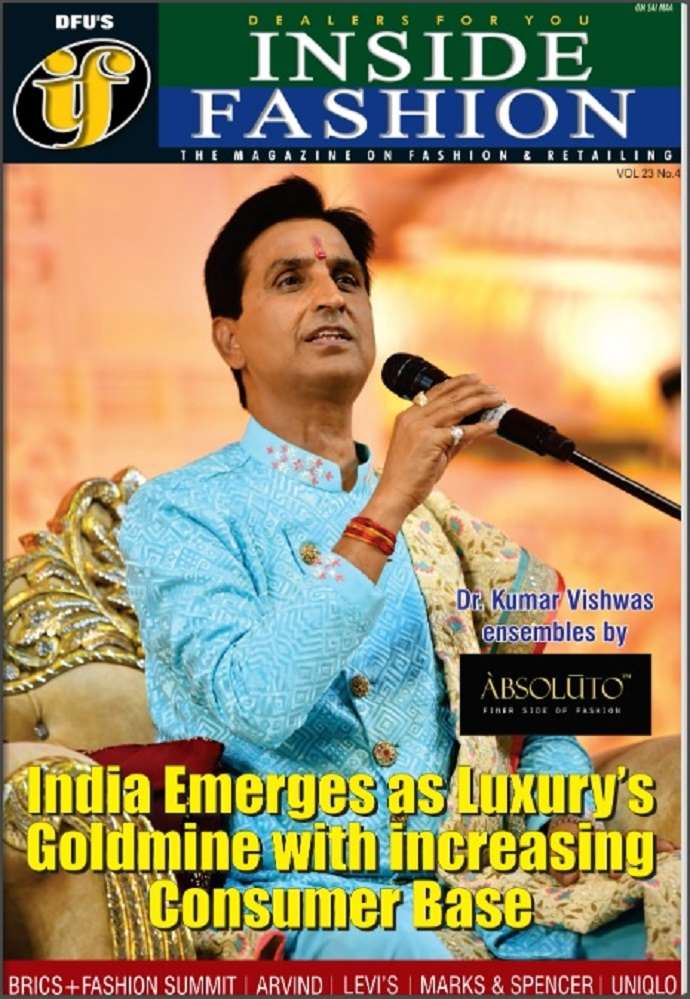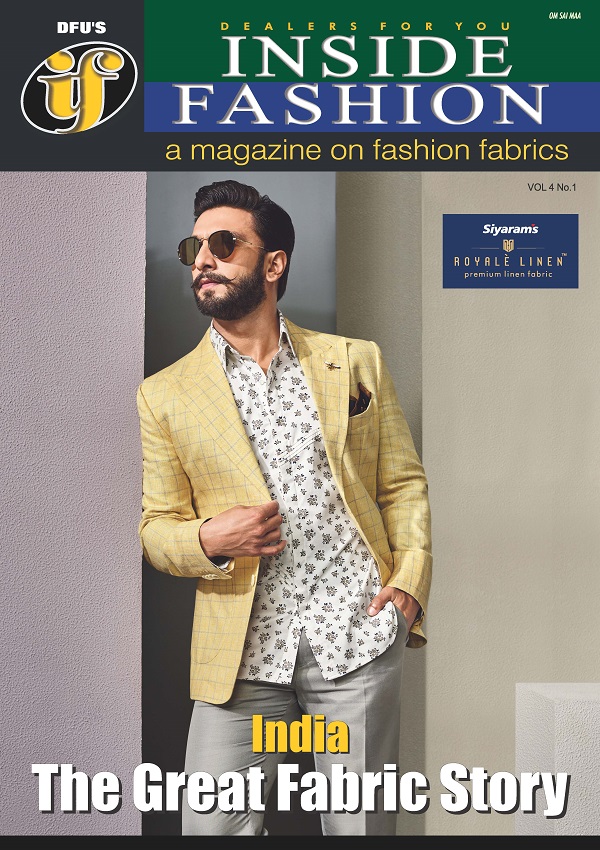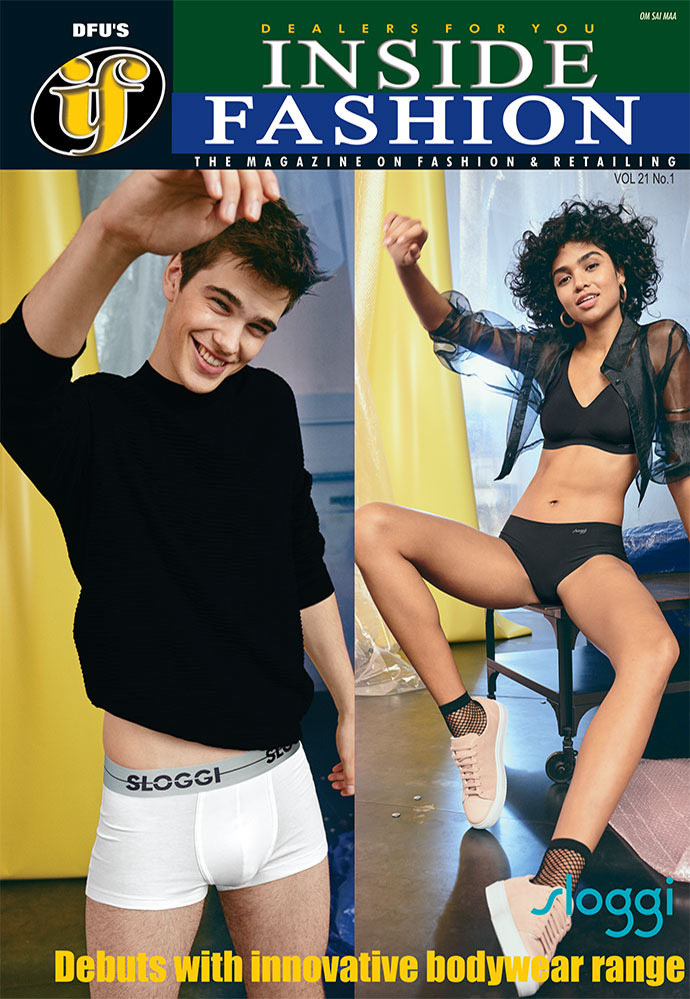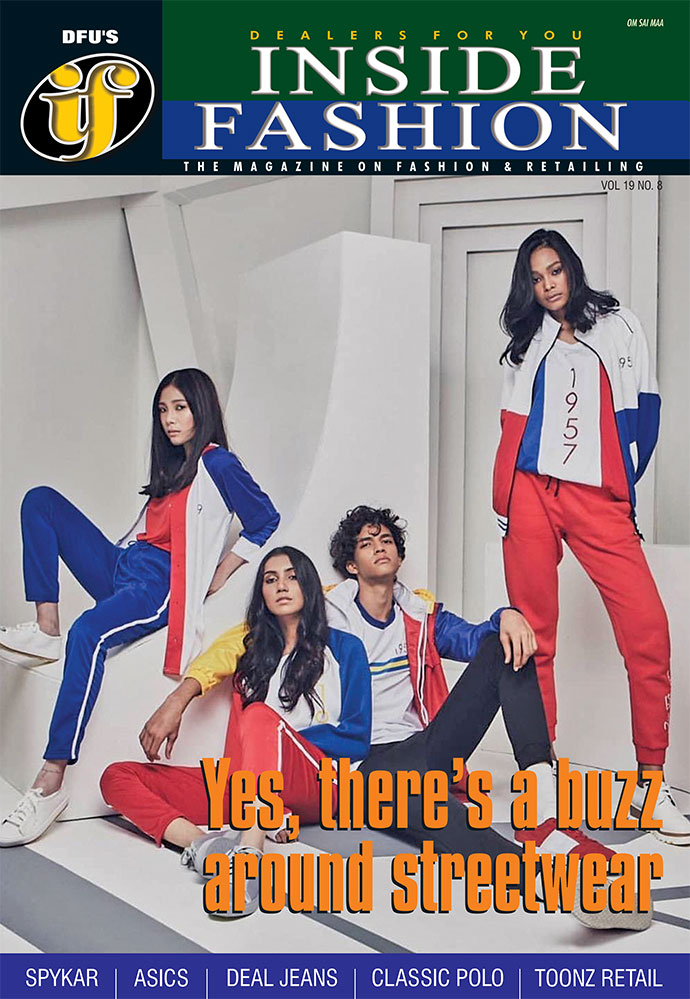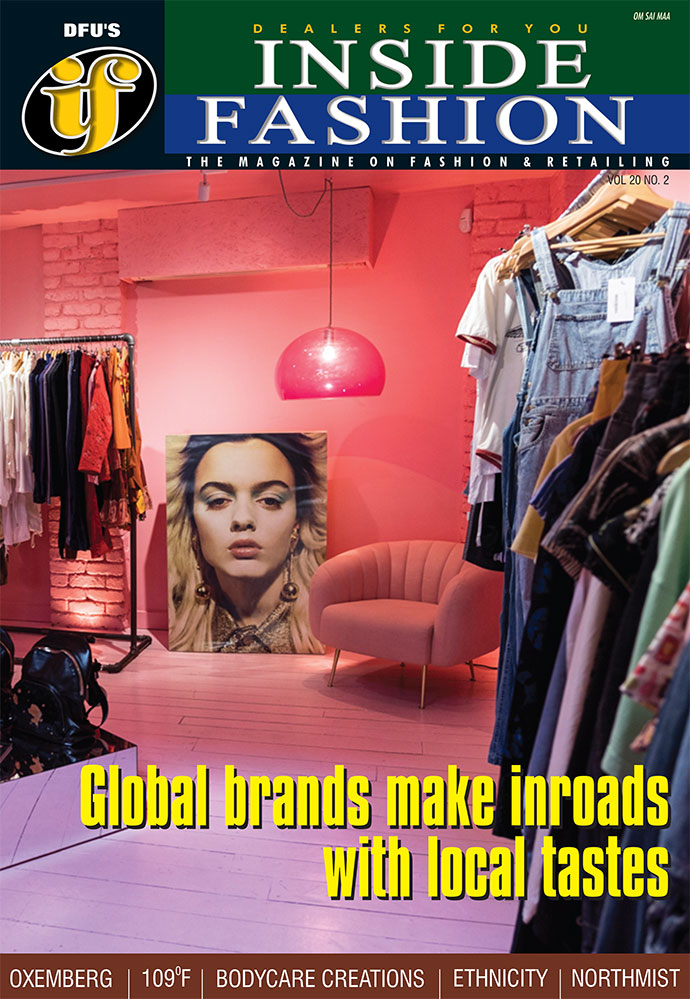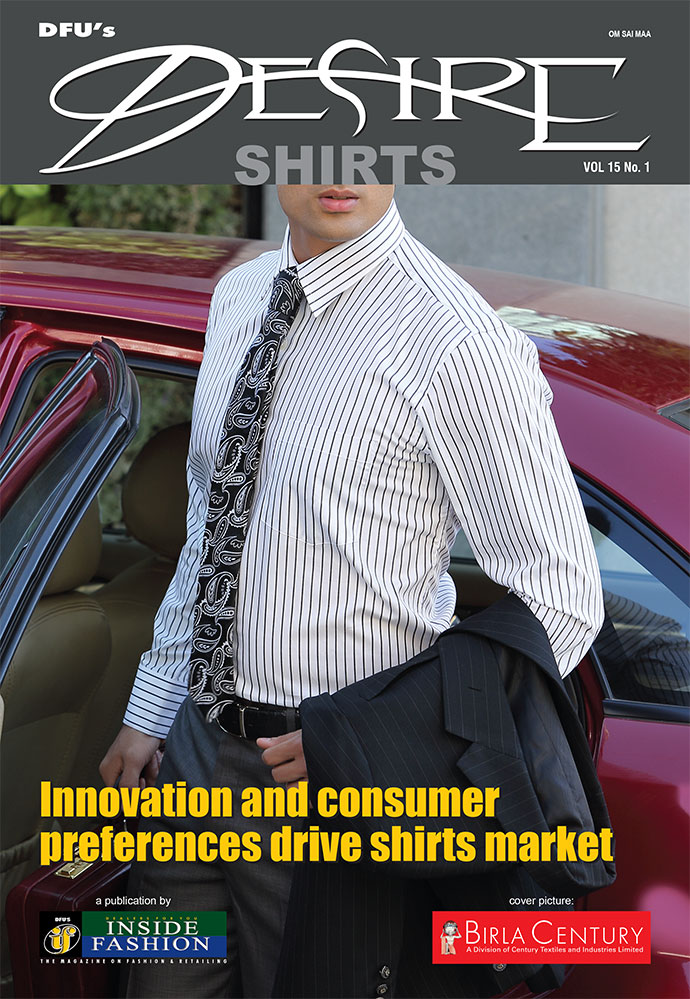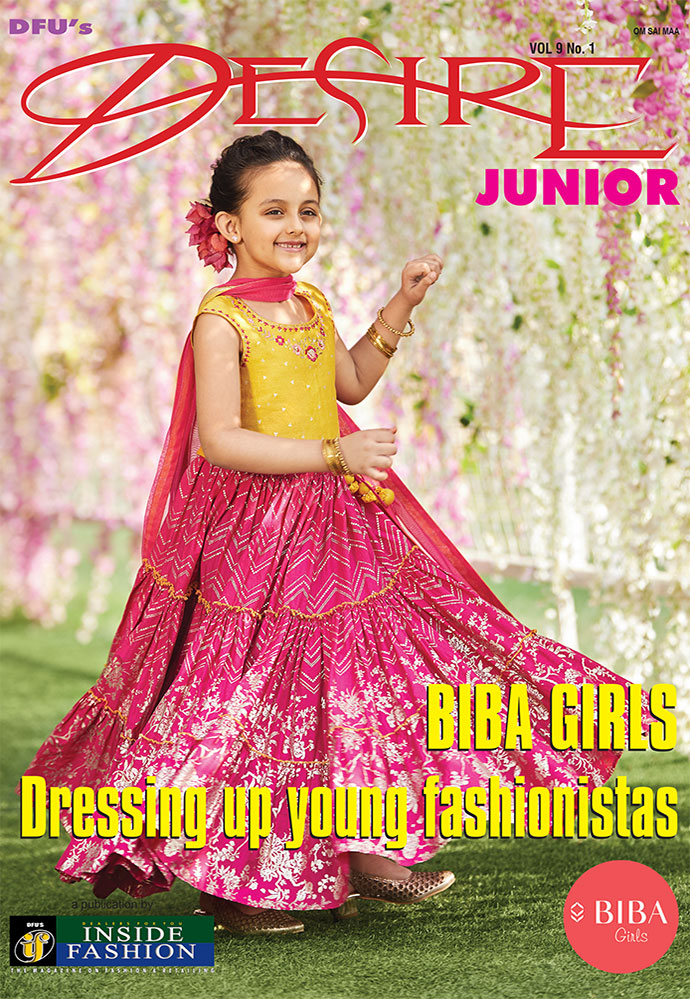The Silent Profit Killer: Why CAC is the D2C fashion sector’s toughest battle

18 July, Mumbai 2025
In India’s booming fashion and apparel market, Direct-to-Consumer (D2C) brands are finding out that scaling profits is no longer just about great design or smart digital campaigns. It’s about mastering a number that has become mission-critical: Customer Acquisition Cost (CAC).
As India races toward becoming one of the world’s largest consumer market, CAC is emerging not merely as a financial metric but as a strategic barometer.
Brands navigating the fragmented terrain of income disparities, regional cost variations, and omnichannel marketing are realizing that their growth ambitions hinge less on how many customers they acquire—and more on how efficiently they do it. The days of a blended, one-size-fits-all CAC approach are fading, replaced by a strategic imperative to pinpoint precisely who to acquire, where, and how, to ensure sustainable profitability.
Income isn’t equal—and neither is the market
While India’s population is vast, its true premium consumer base is surprisingly narrow. According to data from Bajaj Finserv, Sabrang India, and FICCI, only 2-3 per cent of households earn over Rs 20 lakh per annum (LPA), with another 9 crore households falling into the Rs 10-20 LPA bracket.
In essence, only 10 per cent of India’s 300 million households can comfortably afford premium products priced over Rs 2,000.
For D2C brands selling premium activewear, occasion wear, or artisanal luxury, this isn’t just a footnote—it’s the foundation of their addressable market.
A brand marketing to ‘fitness-conscious Indians’ must reckon with the fact that the phrase includes people with vastly different spending powers. Failing to align CAC projections with this income reality can inflate marketing budgets, skew campaign returns, and ultimately threaten brand survival.
The channel cost conundrum
In the race for reach, D2C brands are heavily leaning on digital platforms, especially Instagram and Google Ads. But that reach comes at a cost, sometimes a very steep one.
Table: Illustrative CAC by channel (fashion & apparel D2C, India)
|
Acquisition channel |
Illustrative CAC range (Rs) |
Notes |
|
Instagram Ads |
Rs 800 - Rs 1200 |
High visibility, but increasing competition drives up costs. |
|
Google Ads (PPC) |
Rs 700 - Rs 1100 |
Intent-driven, but competitive keywords can be expensive. |
|
Influencer Marketing |
Rs 600 - Rs 1000+ |
Varies greatly by influencer reach and engagement. |
|
Content Marketing (SEO, Blogs) |
Rs 300 - Rs 600 |
Organic, long-term play, lower direct cost per acquisition. |
|
Offline Retail (Store walk-ins, Pop-ups) |
Rs 150 - Rs 300 |
Requires physical presence, but offers higher conversion rates. |
|
Word-of-Mouth/Referrals |
Rs 50 - Rs 200 |
Lowest cost, highest trust, driven by customer satisfaction. |
Most D2C marketers rely heavily on digital attribution, often underestimating offline and hybrid influences. According to marketing strategists, up to 60 per cent of actual customer journeys include offline touchpoints—whether that’s word-of-mouth, event interactions, or simply store walk-ins. Over indexing on digital can obscure the true cost of acquisition and lead to inefficient media spending.
The regional equation, tiered markets, tiered CAC
Geography in India isn’t just cultural—it’s commercial. A metro customer, while offering a 40 per cent higher Lifetime Value (LTV) than one in a Tier II city, might also cost 70 per cent more to acquire. A CAC of Rs 1500 may work in Bengaluru, but that same spend doesn’t translate to profits in Indore or Surat, especially when products need to be priced 30-40 per cent lower to match regional purchasing power. Brands that adopt a blended CAC model across cities risk falling into the trap of unsustainable growth.
For example, Snitch, a Bengaluru-based men’s fashion brand, effectively uses digital channels but publicly acknowledges that CAC without strong retention is “unsustainable.” That’s driving a shift toward hybrid models: marketplaces for broader reach, D2C channels for depth and loyalty.
From ad spend to acquisition efficiency
India’s D2C e-commerce market is forecasted to hit $267 billion by 2030 as per Mordor Intelligence, growing at a staggering 25 per cent CAGR. But this growth story is being undercut by rising acquisition costs. Bajaj Finserv’s 2025 report confirms what most founders whisper in boardrooms: “Higher advertising spend inflates CAC,” and “inefficiencies in the sales funnel amplify the problem.”
Here’s how smart D2C brands are responding:
Reframing CAC as a ratio, not just a number: Experts now emphasize a minimum LTV:CAC ratio of 3:1, with 4:1 being ideal. That means if a customer costs Rs 1,000 to acquire, they should generate at least Rs 3,000-Rs 4,000 in value over their lifetime. Brands like The Bear House are actively enhancing CRM systems and retention campaigns to improve this equation.
Counting the true cost of acquisition: Modern CAC must go beyond ad impressions and clicks as Dariaan notes, fashion startups must also account for:
• Creative shoot budgets
• Influencer gifting
• Freelancer costs
• Referral incentives
• Software tools and subscription.
This granular approach exposes hidden costs and helps improve ROI accuracy.
The rise of organic and micro-influencer channels: With CACs escalating on paid media, brands are investing in organic SEO, Pinterest styling boards, long-form YouTube content, and micro-influencer partnerships. These alternatives offer higher trust and lower cost per customer than mega-influencers or celebrity endorsements.
Data-driven funnel optimization: Brands are increasingly turning to A/B tested landing pages, automated retargeting, and cart recovery campaigns to maximize conversion and reduce CAC leakage.
Hybrid channel strategy: Reports says homegrown brands now view marketplaces like Amazon and Myntra as top-of-funnel discovery engines, while using their own websites for deeper engagement. This dual-channel model helps optimize both CAC and LTV.
Regional strategies
Days of pan-India campaigns are passé as brands are investing in hyperlocal insights, tweaking messaging, product assortment, and pricing strategies based on geography. While metros embrace contemporary, global fashion cues, traditional silhouettes and modest styles continue to drive demand in Tier II and III cities. The regional breakdown of CAC is no longer a back-office statistic—it’s a front-line marketing decision.
Customer experience, the hidden CAC multiplier
The less discussed but critical CAC lever? Customer satisfaction and repeat purchase. A smooth delivery experience, responsive customer service, and honest pricing across platforms increase the chance of referrals—the lowest CAC channel. Platforms like Acviss emphasize trust-building through product verification and loyalty programs. In a market as complex as India, brand authenticity can be a stronger acquisition tool than an Instagram ad.
Table: Average CAC cost by industry (India, 2022-25)
|
Industry sector |
Average CAC (RS) |
|
Travel |
Rs 500 – Rs 700 |
|
Retail |
Rs 800 – Rs 1000 |
|
Consumer Goods |
Rs 1500 – Rs 2000 |
|
Fashion & Apparel (D2C) |
Rs 300 – Rs 700 (Early) |
|
Fashion & Apparel (Premium) |
Rs 1000 – Rs 1500+ (Metro) |
|
Financial Services |
Rs 10,000 – Rs 15,000 |
|
Technology (Software) |
Rs 25,000 – Rs 35,000 |
Source: Compiled from reports by Instamojo, Upliftgrowth.in, Dariaan, and Bajaj Finserv)
Smarter, not just faster growth
As India’s fashion D2C sector matures, the days of blanket campaigns and blended CACs are numbered. The brands that will lead the next wave of growth won’t just be those with bold aesthetics or viral launches. They’ll be the ones that treat CAC not as a marketing afterthought, but as a core business strategy—factoring in income segmentation, regional pricing, multichannel touchpoints, and long-term value creation.
In the new order, it’s not just about acquiring more customers—it’s about acquiring the right ones, at the right cost, and keeping them for longer. Those who master this balance will be the brands that scale not just from Rs 100 crore to Rs 1000 crore, but from promising startups to legacy names in India’s fashion future.






